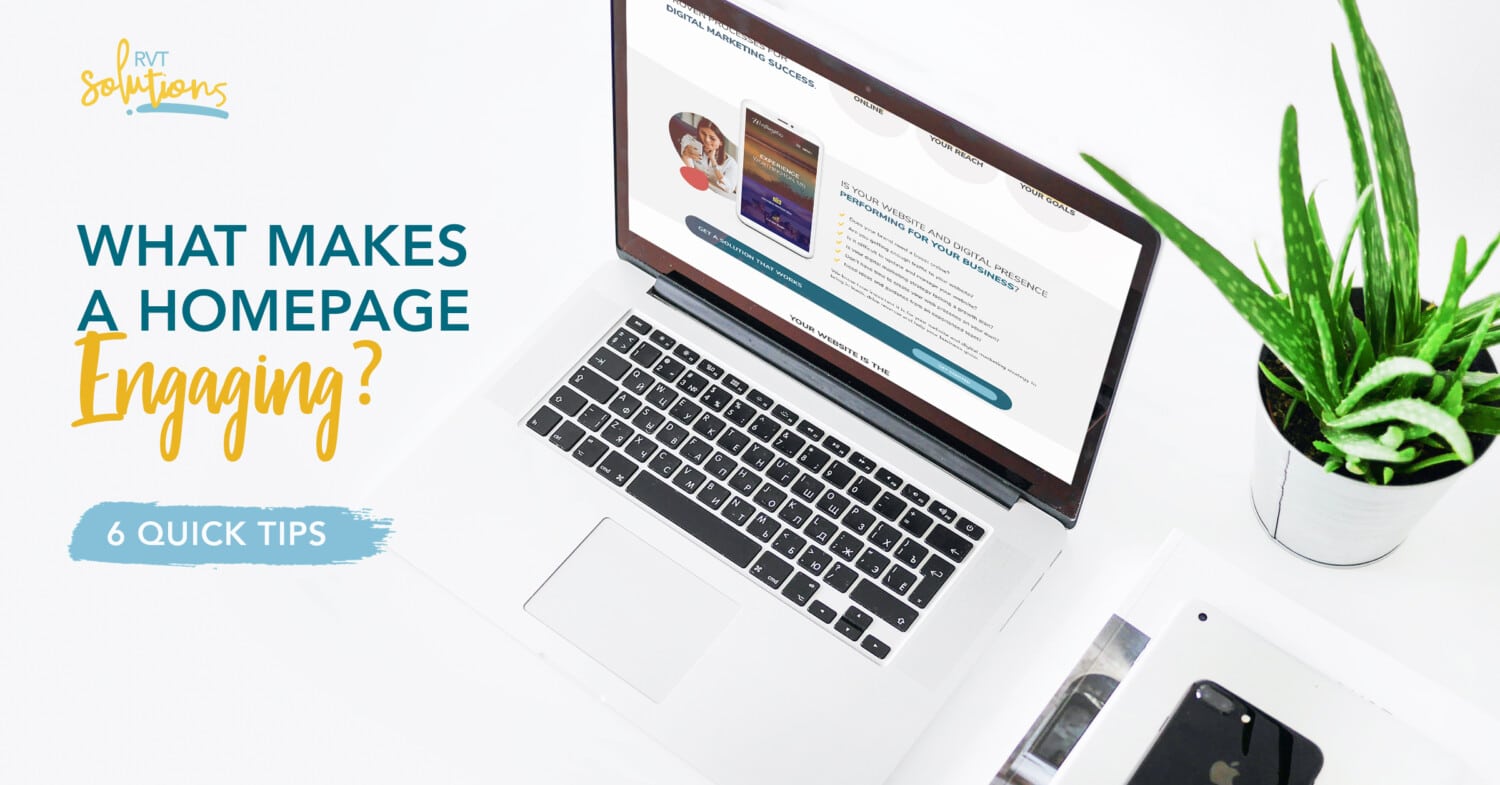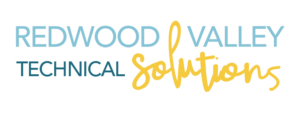Your website’s homepage is the first thing many of your potential customers will see. That means it needs to pull triple duty: it has to entice leads, drive conversions, and prove your credibility. That’s a lot for a single page to do!
Over time, websites have evolved. Often, many businesses mistakenly keep their homepage generic or, worse, treat it with the “kitchen sink” approach — lots of links, no clear direction for visitors. However, the most effective homepages focus on engagement, not lengthy descriptions or endless menus.
The most effective website home page will clearly show the visitor you have what they need and want. But they also need to feel a connection and gain trust in your brand before they will take the next steps.
Here’s how to craft your homepage to get better engagement and more conversions.
Instantly communicate your value
 If you’re familiar with the concept of the customer’s journey, you probably consider the customer the hero of their story. With that in mind, it makes sense that the top section of a homepage is often called the “hero section.” It captures the visitor’s attention and gives them an idea of how they can solve their problem and be a hero.
If you’re familiar with the concept of the customer’s journey, you probably consider the customer the hero of their story. With that in mind, it makes sense that the top section of a homepage is often called the “hero section.” It captures the visitor’s attention and gives them an idea of how they can solve their problem and be a hero.
The hero section is what visitors first see, so it should immediately speak to them to tell them exactly how you can help them. Consider it your prime real estate: make it count with a compelling value proposition and call to action (CTA).
Does your hero section currently list the name of your business and a brief description? If so, you probably want to revise it to speak to your visitor’s pain point(s), then position yourself as a guide. For example:
Instead of: “Welcome to Premier Landscaping! Serving Redwood Falls, MN since 1980.”
Try: “Count On Us For Curb Appeal. Book expert landscaping services for your Redwood Falls, MN home.”
You can then include a CTA, such as “Call Us” or “Get a Quote.” This helps convert leads who are already highly qualified, and it also shows potential customers what their next step should be. Remember, the goal is to be their guide, not leave them to wander your site alone!
Ensure visitors can solve their problems
When designing your website and its content, put yourself in your visitors’ shoes. What are they thinking when they first arrive on your site? What’s the most important thing they want to see?
Think of it this way: most people will be arriving on your homepage from search results or because they saw your advertisement. If they are immediately overwhelmed by options, they’ll probably leave, never to be seen again. Or they’ll poke around a bit, but if they can’t find what they’re looking for, they’ll bounce.
Write content that’s easy to skim
People just don’t read anymore — at least not on the web. Would you like to read big blocks of text to see if a webpage has the right answers? Or would you rather skim the content and immediately know if the site’s what you are looking for?
You probably prefer the latter, and so do most of your customers. They’re on a quest for information, so they’ll land on a page, spend a few seconds looking it over, then decide whether or not to stick around.
That’s right: you only have a few seconds to hook them. So, your content needs to be sleek, slim, and to the point. Especially on homepages, you should use lots of headings, short bits of text, and plenty of white space to make it simple to parse.
When writing your content, remember that the customer is the hero. Focus on what they want to hear, whether that’s answers to their questions or solutions to their problems. Ideally, you don’t talk about yourself at all. Save that for the About Us page.
Be strategic as you build your layout
Your visitor is on a journey. Whether or not they become a lead, and eventually a customer, is up to you! Think of the journey as a parallel to your business’s process. What are the main products or services you want people to know about? What’s going to inspire them to take action?
If you think of your visitor as the hero of their story, it becomes easier to present them with a layout that gets them excited to take action. The most effective site layout is one that takes your visitor by the hand and guides them toward their destination. Your website’s home page should be strategically planned to engage, inspire, and motivate the visitor as they scroll. From visual content to compelling copy, to opportunities to interactions, you are basically crafting a winning story for your hero.
Everyone likes to feel that they have a plan and a purpose, and a solution to their problems. Make that happen for your website’s visitors with a strategic, story-oriented homepage layout.
Create an Engaging Website
The most engaging homepages are concise, well-organized, and straightforward. No visitor to your website should find themselves scrolling to find out what you do. In fact, most won’t even bother. You must immediately speak to your visitors’ interests.
And remember, all page elements, including copy, images, and overall layout, work together to convert customers. Don’t pack your homepage so full that no one can make sense of it. Your home page should be the start to a journey, showing the visitor how you can help them.
Think of it as a roadway: you need signage, clear definition and lighting, and a straight path to the destination. By contrast, a cluttered homepage is more like an abandoned car lot: messy, confusing, and a bit scary! To convert more leads with your homepage, put yourself in your customers’ position. Then, engage them as you guide them toward satisfaction.
Be Successful Engaging Customers!
A homepage that stands out has a clear purpose and call to action, and make the customer into the hero, with you as their guide. Start building a captivating homepage and engaging with your customers. Never fear, we are here to guide you to success. Just reach out to our team to get started.



